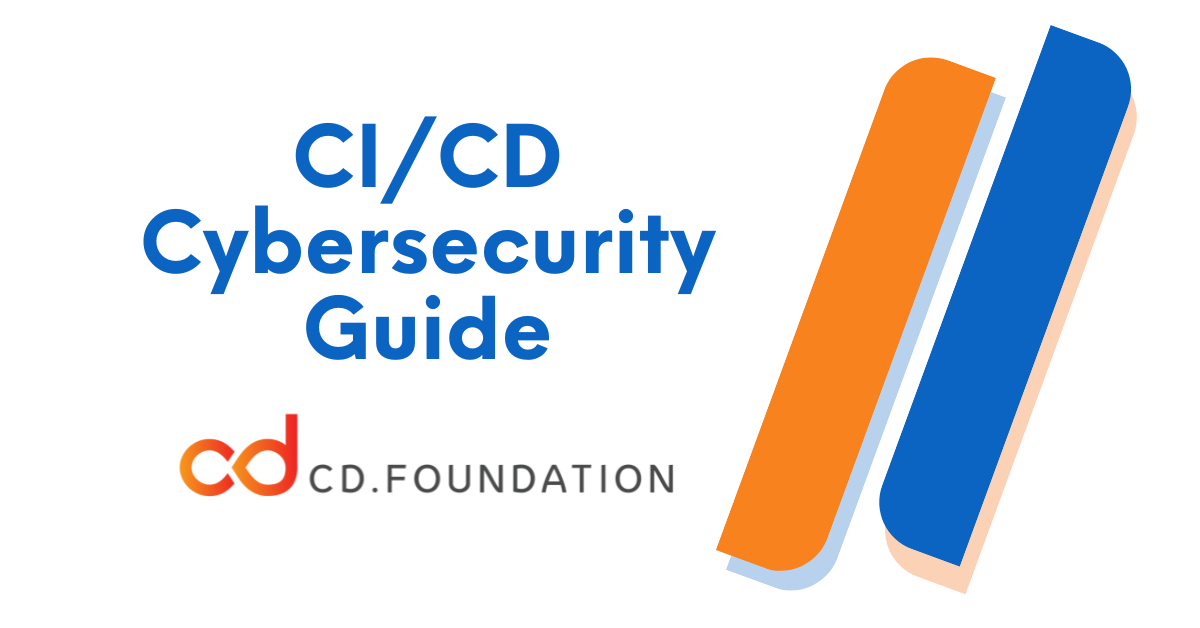Security and speed don’t have to compete. When DevOps and Security work as one, innovation is inevitable.
Modern software delivery is a balancing act. On one side, businesses demand speed — rapid releases, continuous updates, and faster time-to-market. On the other, regulators, customers, and the security community demand assurance — proof that the software we ship is resilient, compliant, and trustworthy.
What was once a debate — whether security should be part of DevOps — has already been settled. Security is in the pipeline. The real challenge today is making that integration seamless, efficient, and collaborative, so DevOps teams don’t carry the weight alone. The focus now is on building the right partnerships, open source tooling, and practices to make DevSecOps practical and sustainable.
Unfortunately, much of the early effort placed an unfair burden on DevOps. Security tools were often heavy, disruptive, and hard to use. DevOps engineers were blamed for insecure code, while security teams acted more like stop-gaps than partners.
It’s time to change that dynamic. We need to work together — Security and DevOps side by side. And that’s exactly the spirit behind the CI/CD Cybersecurity Guide.
A Practical Map, Built Together
This guide isn’t just another list of frameworks. It’s the product of Security and DevOps teams working together, identifying where frameworks set expectations and where open source tools can make those expectations real.
Importantly, we didn’t just compile a tool list in isolation. We asked DevOps practitioners: What are you actually using to get the job done? By weaving their input into the guide, it reflects not only compliance requirements but also the practical realities of modern CI/CD pipelines.
Think of it as a translation layer — connecting compliance frameworks with real-world tooling choices, designed with DevOps in mind.
Three Phases of Secure CI/CD
To make security approachable, the guide mirrors the natural flow of a pipeline:
- Code & Pre-Build
Catch issues early with supply-chain controls, code scanning, and secure development practices. Preventing vulnerabilities here saves time and money downstream. - Build & Deploy
Secure builds aren’t just about producing binaries — they’re about ensuring the integrity of the process. This phase covers build-time security automation and deployment checks across environments, whether in staging or production. - Post-Deploy
Security doesn’t end at release. Continuous monitoring, vulnerability management, and DAST ensure applications remain resilient once they’re live.
By structuring the guide this way, and grounding it in open source tooling, security becomes a natural part of DevOps workflows instead of a series of roadblocks.
Why It Matters Now
Cybersecurity expectations are changing faster than ever. The U.S. Executive Order on Improving the Nation’s Cybersecurity, the EU Cyber Resilience Act, and global initiatives around software supply chain security are raising the bar.
In this environment, compliance isn’t optional — but neither is agility. DevOps engineers now carry both mandates: move fast and stay secure. This guide is designed to help them succeed by embedding security into CI/CD pipelines in a way that feels natural, collaborative, and effective.
Beyond Compliance — Building Trust
Ultimately, compliance is only part of the story. What’s at stake is trust — from customers, regulators, and the communities who rely on open-source software every day.
By aligning frameworks, automation, and open source tooling, the CI/CD Cybersecurity Guide helps DevOps and security teams work together, not just to check the box, but to build pipelines that earn and keep trust.
Security isn’t just the security team’s job — and it isn’t fair to leave DevOps to bear the weight. Let’s work together and raise the bar for everyone.
Join the Community Effort
This guide is a living resource — it will grow and evolve as new frameworks, tools, and practices emerge.
We invite you to:
- Explore the guide and put it into practice in your own pipelines.
- Share feedback, ideas, and additional tools that should be included.
- Contribute to the ongoing work of the CI/CD Cybersecurity Special Interest Group (SIG) and help shape the future of secure DevOps.
Explore the Guide
The full guide is now available (and open to contributions).
In the guide, you’ll also find links to related resources such as the OpenSSF Public Policy work, the EU Cyber Resilience Act, and the OpenSSF Open Source Manifesto, all of which help shape the bigger picture of secure software development.
